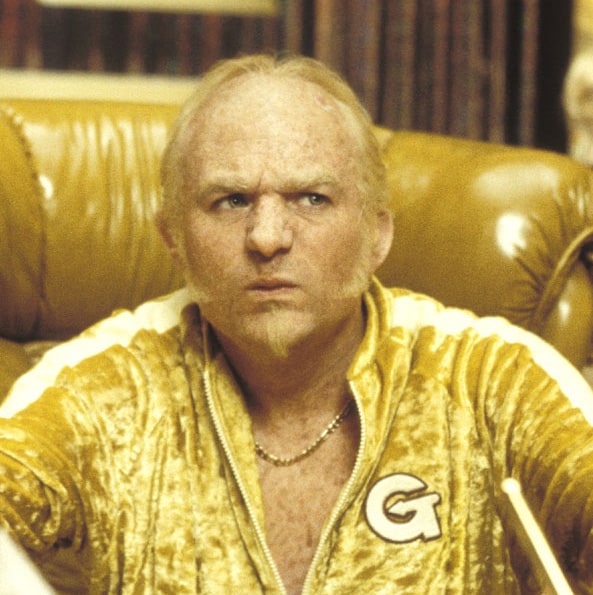Prestige and dominance behaviours are ‘underpinned by distinct psychological processes, behaviours and neurochemistry which were selected for distinct evolutionary pressures. We tend to hold ourselves differently when inhabited by each version of us: when in a dominant, second-self mode we take up more space, hold our arms away from our bodies, smile less often and maintain a downwards head tilt; when in a prestigious state we embody our status in subtler ways, expanding our chest, pushing our torso out, tilting our head upwards.
Studies show even children younger than 2 can differentiate between players using strategies of dominance and prestige.
Both work. Dominant and prestigious players alike have more influence over co-players. Dominant men, like prestigious men, have greater reproductive success. One meta-analysis of over thirty studies found dominance to be one of the most robust predictors of leader emergence, outperforming myriad others including conscientiousness and intelligence.
This is despite the fact that dominant-style leaders are usually less effective than the prestigious, being more likely to put their own interests before the group, less likely to seek advice and tending to respond to criticism with ego defensive aggression.
They’re also overbearing, like to publicly credit themselves with the success of the group, tease and humiliate subordinates and are manipulative, compared to prestigious leaders who are more likely to be self-deprecating, tell jokes and publicly attribute success to the team.
The critical difference between dominance and prestige is that we don’t give status freely to second-self players. Typically, dominant players take it from us. Psychologists describe dominance strategy as entailing the induction of fear, through intimidation and coercion, to attain or maintain rank and influence.

